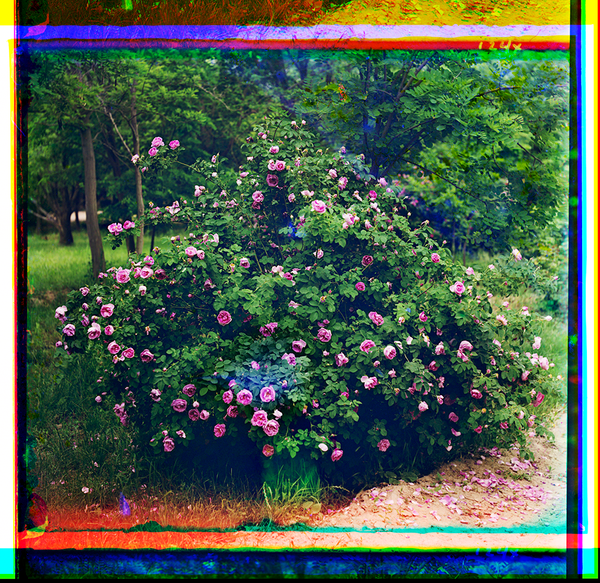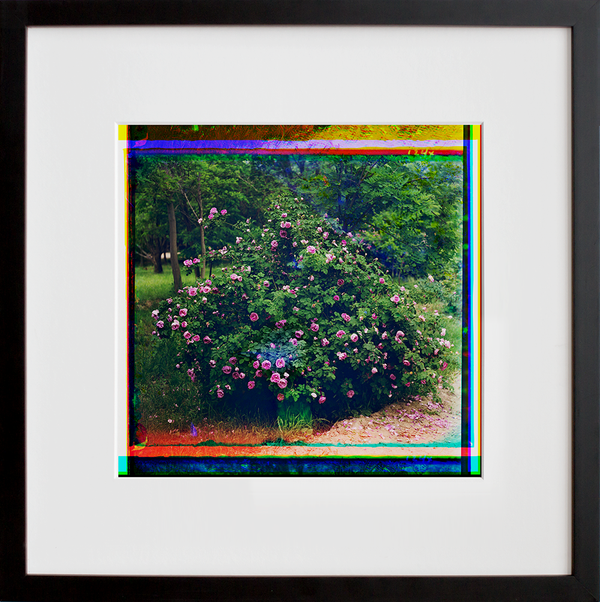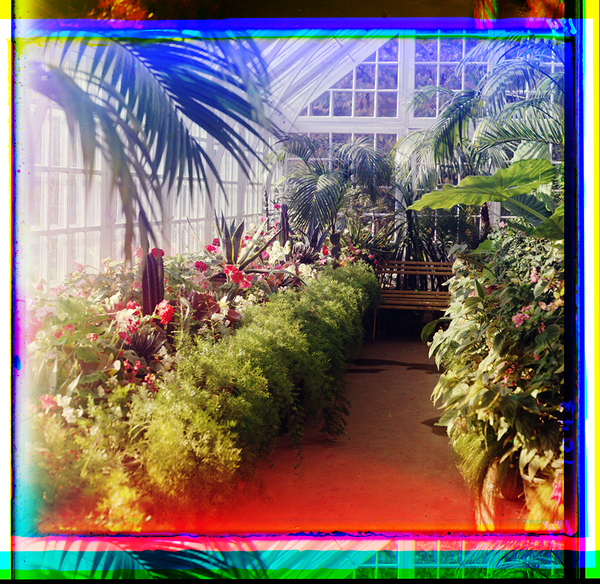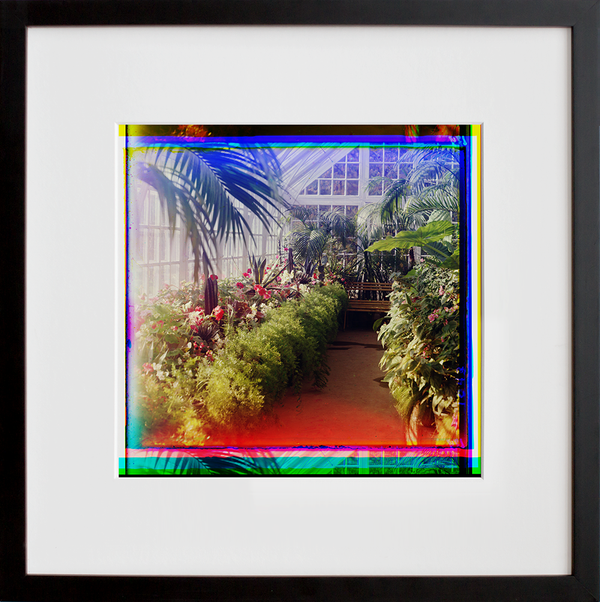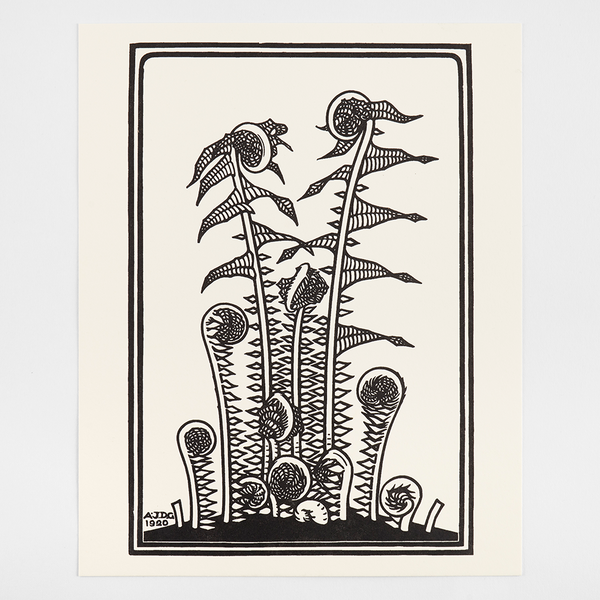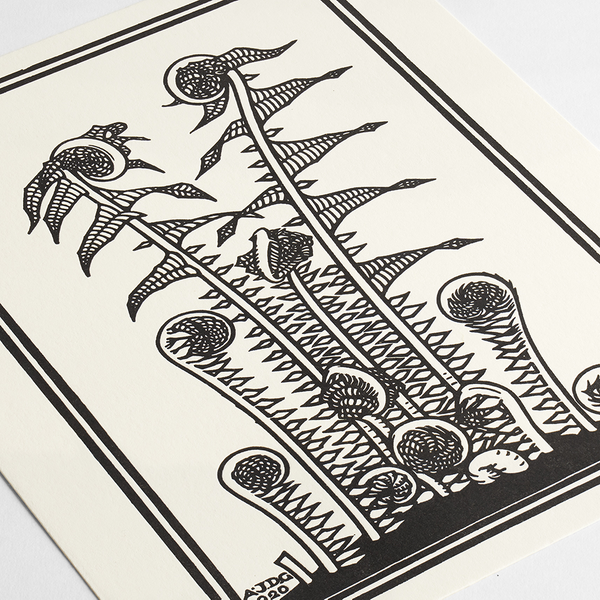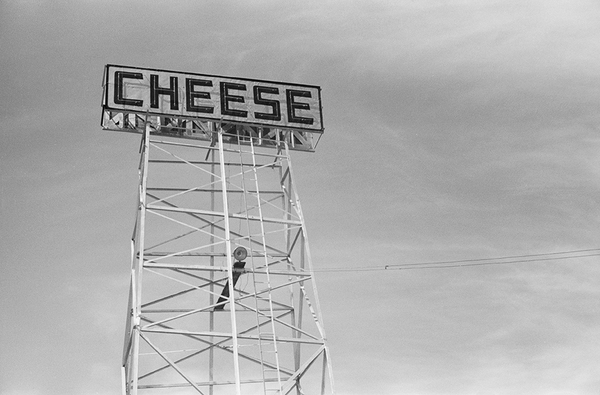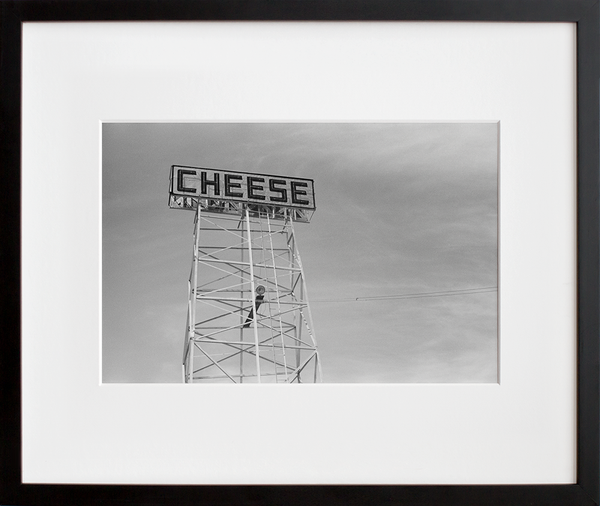Today’s In the Studio takes us out of the studio with photographer Fares Micue. Creating most of her work outdoors, Micue finds her creativity at its peak in nature. She is a storyteller, utilizing the transformational power of color in her photographs to evoke emotion and narrative—as evidenced in Forest lights, a lush self-portrait where nature and introspection merge. We’re endlessly inspired by Micue’s self-reflective process and how it permeates everything she brings into her art, with or without a designated workspace. And we’re lucky enough to adventure into the brilliant mind of Fares Micue for a BTS tour al fresco! -Team 20x200
Collect art by Fares Micue
Studio SpeakWhere's your studio?
My studio is basically everywhere, most of my work is created outdoors. That means I am not restricted to a certain space that helps me to spark my creativity, and on the occasion, I shoot at home, I mostly use the same space—which is not really a studio in the traditional sense of the word. It is my bedroom, which has the best natural light of the house.
How has your workspace set-up or your relationship to your creative process changed since the COVID crisis?
Thankfully my work hasn't really been affected by the covid crisis except for the fact that at the beginning because of the quarantine restrictions I was unable to shoot outdoors, a fact that forced me to get creative at home and in the long-run has proved to be a really useful ability to have.
What's your favorite "tool" in the studio (and why)?
I don't really have a favorite tool but something that's essential for me is comfort.
What do you wear when working in the studio?
Especially when I am ready to edit, I prefer comfortable clothes that allow me to move freely and breathe with ease. Actually, I often edit in my pajamas since most of the time I do it at night time. I am a night person and I get the most active and creative at this time.

What's on your in-studio music playlist?
I like to listen to music that matches the feeling of the specific image I am working on. Since my images often have a melancholic aura, I enjoy acoustic music and soft piano melodies.
What's the first thing you do when you arrive?
The most important thing is to have everything ready and organized to start working straight away. Time management is really important in order to get everything done, especially when you have other responsibilities to take care of.
What's your work style: Late nights? Intense creative bursts? Slow and steady wins the race?
I must admit that I am a late-night person, I get the most creative, inspired, and serene at night time, even though I must shoot my images during the day I tend to reserve the editings process for nighttime.
Your photos are highly conceptual - walk us through the process of taking those concepts and translating them to two dimensions.
In order to make and translate my exact idea, I need to have a clear vision of what kind of image I am looking for. For that matter, I try to write down as many details as I can, from the storyline, mood, colors, outfits, to the props. That way, I won't waste any time and the result will be exactly what I was looking for. If I need to shoot outdoors, I like to make sure to visit the place beforehand in order to have full control of the environment, writing down details like angles or lighting.
What's your favorite way to procrastinate in the studio?
Sometimes I get caught up by the music I am listening to and new ideas for future shoots start popping in my head, so I stop and start writing down the ideas. That makes my shooting time longer.
How do you get over creative blocks?
I try to immerse myself in those activities that always inspire me, like books, music, or movies. Also going on early morning or late night walks in nature (I always avoid the strong Sun), placing myself in situations that force me to reconnect with my inner self and my purpose.
Whens, Hows & Whys
When did you first realize you wanted to become an artist and how’d you get there?
I’ve always liked art, and wanted to become an actress when I was younger. I’ve also always enjoyed writing, which plays a big role in the creation of my images now, but at the time, I never thought of becoming an artist in the sense of creating my own artworks. Not even at the beginning of my photography hobby. It was around 2016 when I started getting deeper into my own self-discovery journey that I truly felt that I finally had a message to share, a powerful message with the potential to help others to start their own self-discovery journeys. So from that moment, conceptual photography and my writing became my tools to share this message.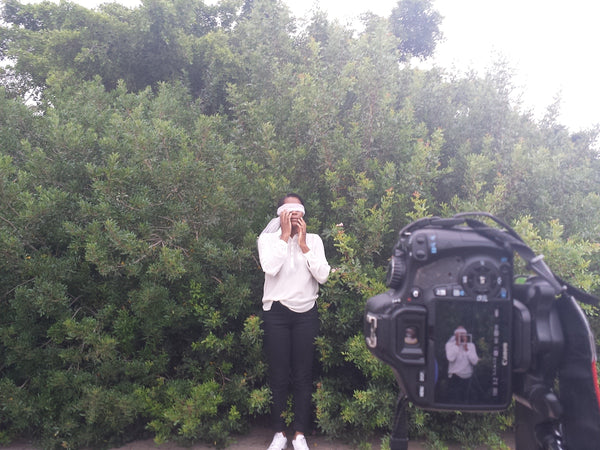
Why do you think it's important to have a dedicated workspace for your art? What advice would you give to artists looking to build a creative workspace?
The main thing you must take into consideration when choosing your workspace, apart from it to be useful and convenient, is that it must have the right energy flow for you. It must be a place where you feel comfortable and inspired.
Which artists' 20x200 collections do you most covet (and why)?
I absolutely love the mysterious mood in Laura Bell's photographs.
What do you like best about 20x200?
I like their mission to make accessible the work of fantastic artists by collaborating together and creating exclusive collections.
The 411 on Fares Micue
Fares Micue is a Spanish, self-taught fine art/conceptual self-portrait photographer born in Lanzarote (Canary Islands) in 1987. She started photography back in 2009 as a hobby, but after 6 years into this hobby she realized that photography was the perfect medium to share her thoughts, ideas and perception of reality with others, as well as a great tool to combine with her other passion, which is writing, taking a different approach to the creative process of her images: putting extra attention into all the elements included in the final image, like location, colors, props, mood, and story, creating a final... image that is rich both aesthetically and in meaning.





